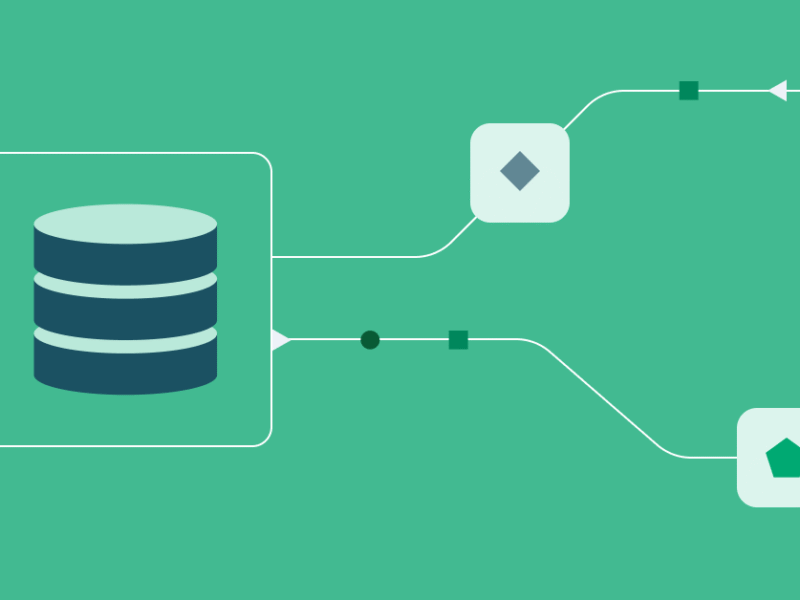Data structures play a critical role in organizing and manipulating data efficiently, serving as the foundation for algorithms and high-performing applications. Understanding the various types of data structures and their characteristics empowers programmers to select the most appropriate tools for their specific needs, ultimately enhancing application performance and efficiency.
What are data structures?
Data structures refer to specialized formats for organizing, processing, and storing data that facilitate easy access and manipulation. They are essential in computer science, influencing how data is structured and utilized across different applications.
Importance of data structures
Data structures significantly impact algorithm efficiency and application performance. By logically organizing data, they make it manageable and easily accessible, which is crucial for developers aiming to optimize their code.
Role in algorithms
The choice of data structure can directly affect the performance of algorithms. Efficient data structures enable better algorithm design, which is vital for applications requiring quick data retrieval and manipulation.
Foundational components
Data structures act as the building blocks for complex software systems. They provide the necessary framework for effective data manipulation and organization, allowing developers to construct scalable solutions.
Factors for selecting a data structure
Choosing the right data structure involves several considerations that can affect performance and efficiency:
- Information type: Understanding the nature of the data you will store is crucial.
- Usage: Consider how the information will be accessed or manipulated.
- Persistence: Determine where the data will reside after creation.
- Organization: Identify the best arrangement for the data.
- Memory management: Evaluate the storage requirements and considerations.
General uses of data structures
Data structures facilitate a wide range of tasks in software development, serving critical functions such as:
- Realizing abstract data types: They allow for the creation of sophisticated data representations.
- Supporting programming languages: Many languages, like Python and Java, have built-in structures that simplify coding.
Examples of data structure applications
The applications of data structures are vast, spanning multiple domains:
- Storing data: Data structures efficiently organize and manage the attributes of databases.
- Resource management: Linked lists are often used for effective memory management.
- Data exchange: Networking protocols, like TCP/IP, utilize structured data packets for communication.
Characteristics of data structures
Data structures can be classified based on specific characteristics that influence their application:
- Linear vs. non-linear structures: Linear structures, such as arrays and linked lists, arrange elements sequentially, while non-linear structures, like trees and graphs, organize data hierarchically.
- Homogeneous vs. heterogeneous data: Homogeneous data structures contain consistent data types, whereas heterogeneous structures can accommodate various data types within the same collection.
Common types of data structures
Several essential data structures are widely used in programming, each serving distinct purposes:
- Array: Stores elements in contiguous memory locations, accessible through indices.
- Stack: Follows the Last-In-First-Out (LIFO) principle, making it ideal for certain algorithms.
- Queue: Operates on a First-In-First-Out (FIFO) basis, useful for managing tasks in order.
- Linked list: Composed of nodes linked by data and references, allowing flexible manipulation.
- Tree: A hierarchically organized structure that simplifies data traversal.
- Heap: A specialized tree-based structure that maintains parent-child value relationships.
- Graph: Represents a set of nodes connected by edges, useful for modeling complex relationships.
- Trie: A structured tree optimized for efficient keyword storage and retrieval.
- Hash table: Maps keys to values using a hashing function, handling collisions through chaining.
Strategies for choosing data structures
Selecting the right data structure involves a strategic evaluation:
- Required operations: Assess the necessary functions and their complexities.
- Expected performance: Consider the anticipated speed, often expressed through Big O notation.
- User-friendliness: Evaluate how easy it is to interact with the structure.
Real-world examples of data structures
Understanding how data structures are applied in practical scenarios underscores their significance:
- Linked lists: Often preferred for collections that require frequent additions and removals.
- Stacks: Suited for situations where managing data in reverse order is essential.
- Binary trees: Effective for representing hierarchical relationships in data.
- Binary search trees: Enable rapid retrievals from sorted collections.
- Graphs: Ideal for outlining relationships in networks, such as social media platforms.

